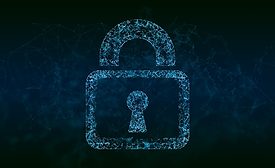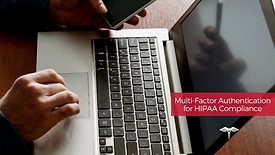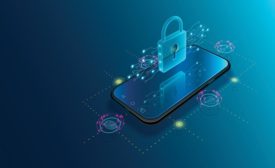Web Exclusive Stories
Three key customer IAM trends for 2021
Looking ahead to 2021, the pandemic will continue to drive business interactions with consumers online. Customer identity and access management (CIAM) products should see explosive growth as these technologies will be essential for securing digital storefronts and providing enhanced experiences.
December 17, 2020
Managing security on mobile devices through mobile certificate management
The pandemic accelerated the need for certificate management to enable authentication, encryption, and digital signature from mobile devices
December 16, 2020
Sign-up to receive top management & result-driven techniques in the industry.
Join over 20,000+ industry leaders who receive our premium content.
SIGN UP TODAY!Copyright ©2024. All Rights Reserved BNP Media.
Design, CMS, Hosting & Web Development :: ePublishing













